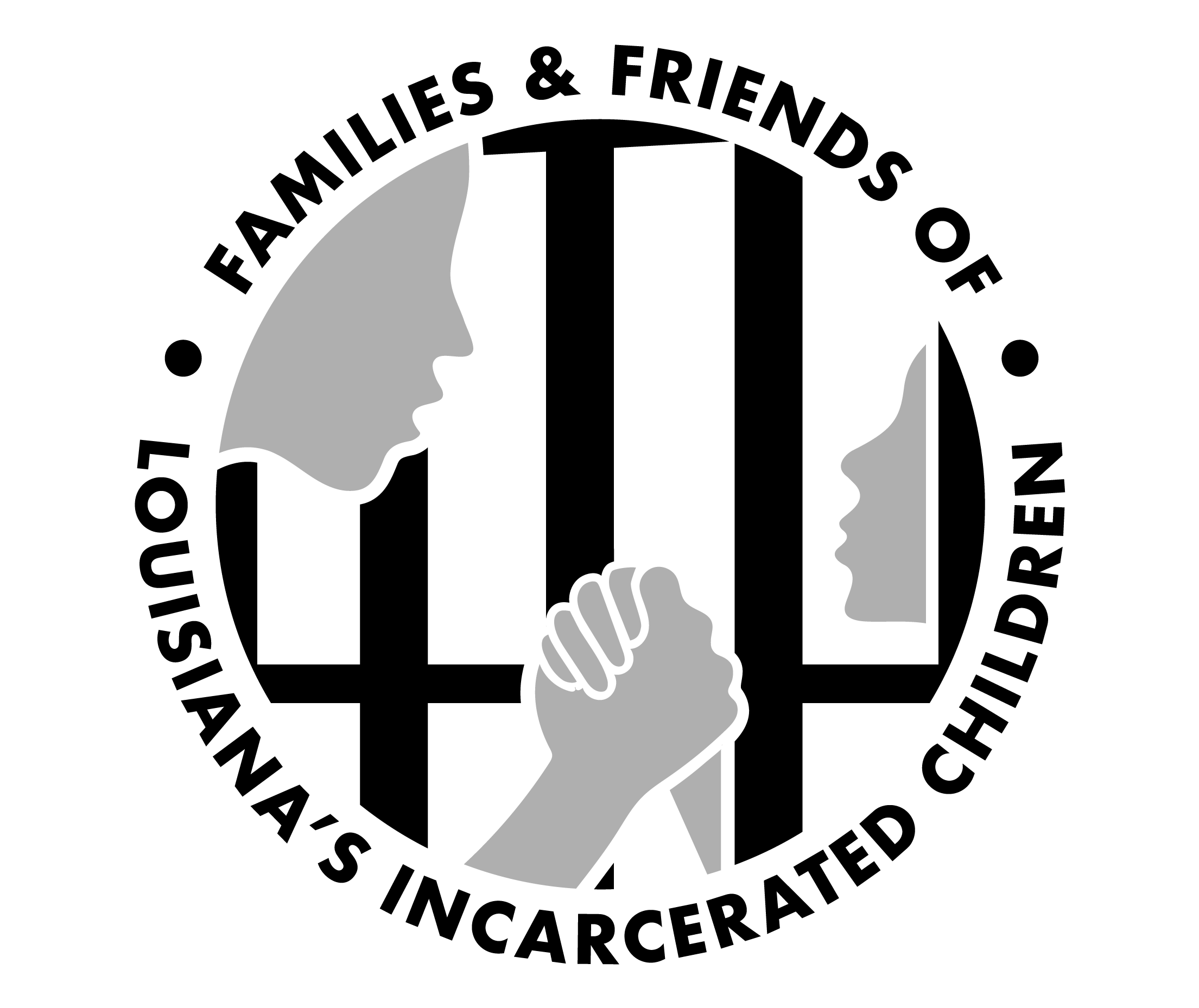There is a growing call for safer schools, especially as a result of school shootings in recent years and a new report that gun violence is the leading cause of death for youth. But schools have been responding to community outcries for safer schools by creating harsher discipline codes and adding more police, despite all evidence that points to these practices making schools less safe. Just this week there is another report in the national news about the abuse of children by school police (trigger warning for link: violence against children). It’s time schools and communities rethink what we mean when we talk about safety and security for our children.
All too often schools define safety as added police force and punitive practices, especially in Louisiana. Recently, the Calcasieu Parish School Board joined forces with the sheriff’s office to create a new director of security position for the parish schools. However, the position only had one candidate: former head of the Office of Juvenile Justice, Bill Sommers, who resigned last year in the midst of a failing system. Calcasieu Parish’s Sheriff Tony Mancuso explained he nominated Sommers because the new position would be “the police work we’re doing already” and he wanted someone with Sommers’s “mindset”. Despite Sommers only having experience within the youth incarceration system and not in schools, the school board approved funding his position.
For many students, schools already feel like prisons with extreme restrictions and zero tolerance policies. Schools must stop equating “security” with “police” and “punishment” and start thinking of safety as mental health, academic support, after-school programs, and resources for families. If schools really want kids to feel safe, they need to move away from creating a culture of fear and intimidation. Reliance on law enforcement and systems of punishment do not create safety in schools. They only further disrupt learning, create harm, and in many cases, actually endanger students, particularly children of color.
Data shows that the police presence in schools disproportionately impacts communities of color and causes significant harm. Since 2011, over 80% of victims of police assaults in schools have been Black, with over one quarter of those students having a disability or mental health concern, according to a new report from the Alliance for Educational Justice. In that same time, 5 students have died at the hands of police in schools. How many more children will have to be harmed before schools learn that police and harsh discipline do not create safety?
Schools must be accountable to the communities and families they serve and make efforts to align with what safety really means: love. All children deserve to feel safe in schools, and schools need to examine who gets to feel safe with their current policies and practices. More than that, they need to let the public examine the budgets and participate in determining where their tax money is going. School boards continue to give money to things that don’t work and further traumatize children, like police presence, while taking funds away from things that do work and support their well-being, like teacher training in conflict resolution and wraparound services that include mental health care and family support.



